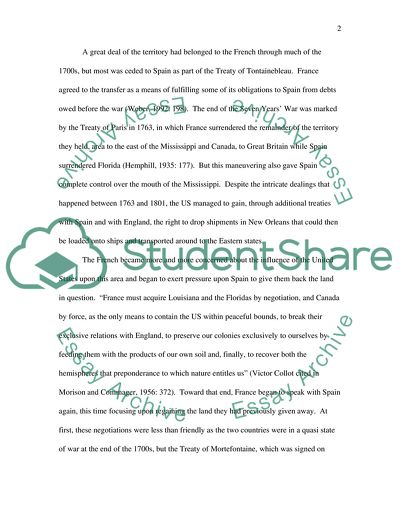Cite this document
(Leading up to the Louisiana Purchase Report Example | Topics and Well Written Essays - 1500 words, n.d.)
Leading up to the Louisiana Purchase Report Example | Topics and Well Written Essays - 1500 words. https://studentshare.org/history/1706516-louisiana-purchase
Leading up to the Louisiana Purchase Report Example | Topics and Well Written Essays - 1500 words. https://studentshare.org/history/1706516-louisiana-purchase
(Leading up to the Louisiana Purchase Report Example | Topics and Well Written Essays - 1500 Words)
Leading up to the Louisiana Purchase Report Example | Topics and Well Written Essays - 1500 Words. https://studentshare.org/history/1706516-louisiana-purchase.
Leading up to the Louisiana Purchase Report Example | Topics and Well Written Essays - 1500 Words. https://studentshare.org/history/1706516-louisiana-purchase.
“Leading up to the Louisiana Purchase Report Example | Topics and Well Written Essays - 1500 Words”. https://studentshare.org/history/1706516-louisiana-purchase.


